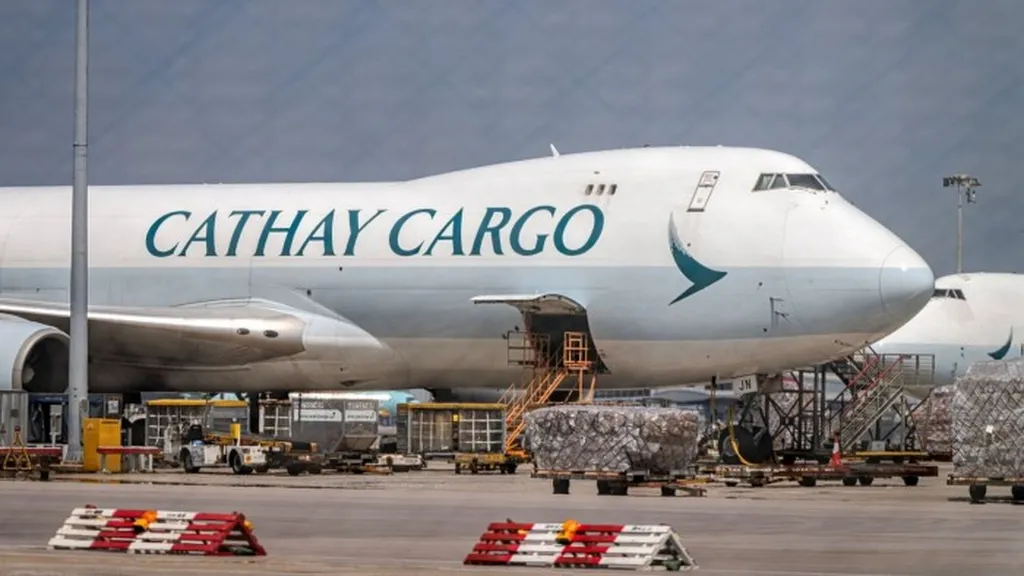The maritime sector is at a crossroads. For centuries, ships navigated by paper charts and gut instinct. Today, they’re sailing into a digital future—driven by geopolitical storms, regulatory pressures, and investors betting big on tech-driven transformation. This isn’t just an upgrade; it’s a reboot of an industry that moves 80% of global trade.
FTV Capital’s Jerome Hershey sees the maritime sector as a sleeping giant waking up to digitization. “Maritime is ready for thematic shifts from offline to online, digitizing workflows and manual processes ripe for automation,” he told PE Hub. FTV’s bet on Windward, a maritime AI firm, underscores this belief. Windward’s tech deciphers real-time vessel movements, sanctions risks, and port congestion—turning chaos into actionable intelligence.
Geopolitical turbulence is fueling demand for these solutions. In the past two years, over 20 major labor disruptions hit European and US ports. GPS jamming, sanctions, and fluctuating tariffs have turned trade routes into a high-stakes game of chess. “These factors are creating huge opportunities for tech and data companies,” Hershey said. Windward, for instance, helps clients navigate sanctions risks and optimize routes—critical in a world where a single misstep can trigger multimillion-dollar penalties.
But it’s not just about avoiding pitfalls. The shift toward regionalization is reshaping supply chains, and with it, the maritime ecosystem. GTCR’s Ashwin Krishnan frames this as a move from “deglobalization” to “regionalization,” where new trade corridors demand new solutions. “Software and data solutions can help with supply chain optimization and visibility,” he said. This is where companies like Windward, Kpler, and Veson step in, offering tools to track, predict, and optimize trade flows.
Connectivity is the linchpin. Over the past decade, ship-to-shore internet costs have plummeted by 90%, while speeds have surged 100-fold, thanks to LEO satellites and Starlink. “The industry is now truly coming online,” Krishnan noted. But technology alone isn’t enough. Ships have decades-long lifespans, meaning retrofitting requires high-ROI investments. That’s where private equity comes in, backing firms that bridge the gap between legacy systems and cutting-edge tech.
Regulation is another catalyst. The EU’s Emissions Trading System and FuelEU Maritime rules demand precise tracking of emissions and fuel use. This is driving demand for integrated monitoring and optimization software—exactly the kind of tools that firms like Windward and Surikat provide.
GTCR’s Maris Investments is betting on this trend, aiming to consolidate maritime tech under a unified platform. “Maritime is highly fragmented—a patchwork of small companies that have been doing business face-to-face for centuries,” Krishnan said. The goal? To stitch together point solutions into a comprehensive maritime tech platform. Think voyage planning software that digitizes paper-based processes, or AI-driven tools that automate cumbersome workflows.
Data is the new gold. Companies with proprietary data or platforms that synthesize third-party and customer data are sitting on a goldmine. “There’s a big convergence between the maritime tech vendor ecosystem and broader supply chain management,” Hershey said. Verdane’s sale of Danelec to GTT Group for €194 million is a case in point—proof that data-driven solutions command premium valuations.
AI is the next frontier. Agentic AI is automating tasks that once consumed hours of manual labor. Veza and Marcura are leveraging maritime-oriented LLMs to extract data and draft emails, streamlining operations. Risk management and compliance are other hotspots. “There’s border intelligence use cases, sanctions implications, and threats around charting and voyage management,” Hershey noted.
This is more than a tech wave; it’s a seismic shift. The maritime sector is shedding its analog skin, embracing digitization, and investors are riding the tide. The question isn’t whether this transformation will happen—it’s who will lead the charge.

